
Sutjeska National Park: Bosnia and Herzegovina's Natural Treasure
Discover the untouched wilderness and historical depths of Sutjeska National Park, the oldest national park in Bosnia and Herzegovina, nestled in the Dinaric Alps.
Nestled in the heart of the Dinaric Alps, Sutjeska National Park is a haven for nature lovers and adventure seekers alike. As Bosnia and Herzegovina's oldest national park, established in 1962, it offers a rich tapestry of natural beauty and historical significance. The park is home to the last primeval forest in Europe, Perućica, where ancient trees tower over pristine landscapes. Hiking enthusiasts will find a paradise of trails, including routes to the park's highest peak, Maglić, which stands at 2,386 meters. The views from the summit are nothing short of breathtaking, offering panoramic vistas of rugged terrain and lush valleys. For those less inclined to hike, the park's many scenic drives provide ample opportunity to soak in its splendor. Sutjeska is also a place of historical importance. The Battle of Sutjeska, one of the fiercest battles of World War II, took place here. Visitors can explore monuments and memorials dedicated to this significant event, adding a poignant layer to the park's natural allure. Whether you're drawn by its history or its natural beauty, Sutjeska National Park promises an unforgettable experience.
Local tips in Sutjeska National Park
- Bring sturdy hiking boots, as the trails can be rugged and steep.
- Visit in late spring or early autumn for the best weather and fewer crowds.
- Don't miss Perućica Forest, one of Europe's last primeval forests.
- Carry enough water and snacks, as there are limited facilities within the park.
- Hire a local guide for a more informative and safe hiking experience.
Sutjeska National Park: Bosnia and Herzegovina's Natural Treasure
Nestled in the heart of the Dinaric Alps, Sutjeska National Park is a haven for nature lovers and adventure seekers alike. As Bosnia and Herzegovina's oldest national park, established in 1962, it offers a rich tapestry of natural beauty and historical significance. The park is home to the last primeval forest in Europe, Perućica, where ancient trees tower over pristine landscapes. Hiking enthusiasts will find a paradise of trails, including routes to the park's highest peak, Maglić, which stands at 2,386 meters. The views from the summit are nothing short of breathtaking, offering panoramic vistas of rugged terrain and lush valleys. For those less inclined to hike, the park's many scenic drives provide ample opportunity to soak in its splendor. Sutjeska is also a place of historical importance. The Battle of Sutjeska, one of the fiercest battles of World War II, took place here. Visitors can explore monuments and memorials dedicated to this significant event, adding a poignant layer to the park's natural allure. Whether you're drawn by its history or its natural beauty, Sutjeska National Park promises an unforgettable experience.
When is the best time to go to Sutjeska National Park?
Iconic landmarks you can’t miss
Kozara National Park
Explore the breathtaking landscapes and rich history of Kozara National Park, a true natural wonder in Bosnia and Herzegovina.
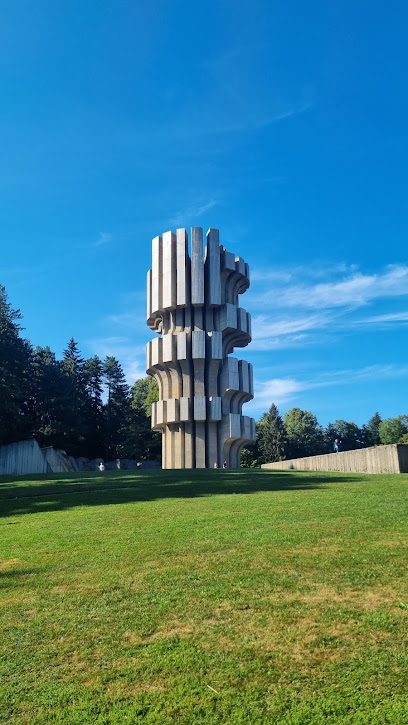
Tjentište spomenik
Explore Tjentište Spomenik, a historic landmark set in Sutjeska National Park, commemorating the valor of World War II heroes amidst stunning natural beauty.
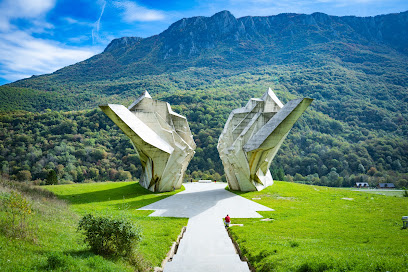
Skakavac Waterfall
Explore the stunning Skakavac Waterfall, a natural gem near Sarajevo, perfect for nature lovers and adventure seekers alike.
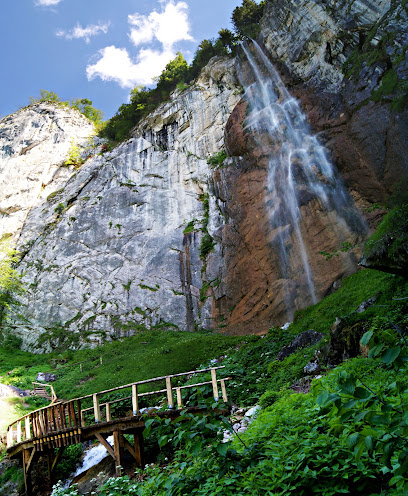
Valley of Heroes
Explore the stunning Valley of Heroes, where nature and history unite in a breathtaking tribute to resilience and freedom in Bosnia and Herzegovina.
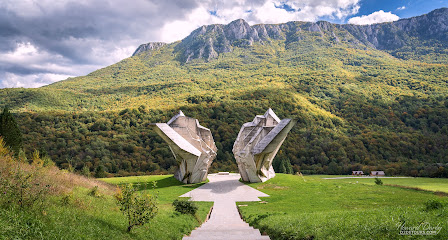
Camp Sutjeska
Experience nature's embrace at Camp Sutjeska, a serene getaway in Tjentište with stunning landscapes, comfortable lodging, and delicious local cuisine.

Omladinski kamp Tjentište
Discover the serene beauty of Omladinski Kamp Tjentište in Sutjeska National Park, where adventure meets tranquility amidst stunning landscapes.
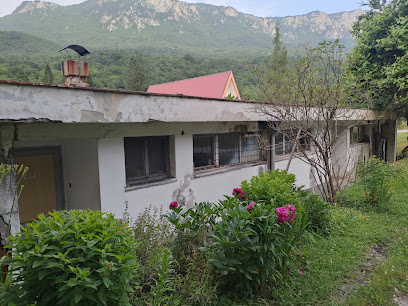
Vidikovac Prijevor
Discover panoramic views and serene beauty at Vidikovac Prijevor, a stunning observation deck in Sutjeska National Park, Bosnia and Herzegovina.
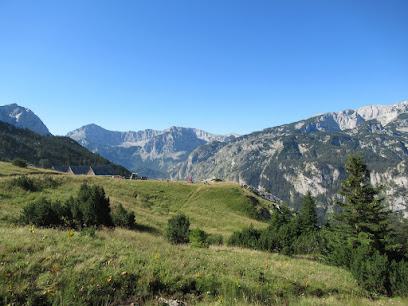
Sutjeska
Discover the breathtaking Sutjeska River, a natural wonder in Bosnia and Herzegovina, perfect for nature lovers and adventure seekers alike.
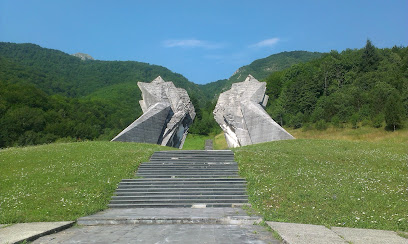
Battle of Sutjeska Museum
Explore the Battle of Sutjeska Museum in the heart of Sutjeska National Park - a blend of history and breathtaking natural beauty awaits.
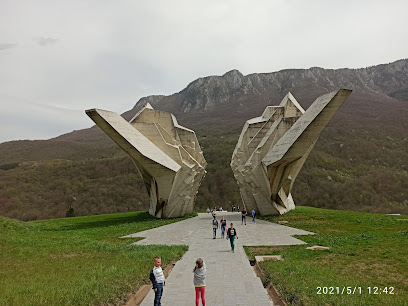
Perućica Primeval Forest
Explore Bosnia's Perućica Primeval Forest, a lush national treasure filled with ancient trees, diverse wildlife, and breathtaking hiking trails.

Perućica
Explore the untouched beauty of Perućica National Forest, a serene escape in Bosnia and Herzegovina, rich in biodiversity and stunning landscapes.
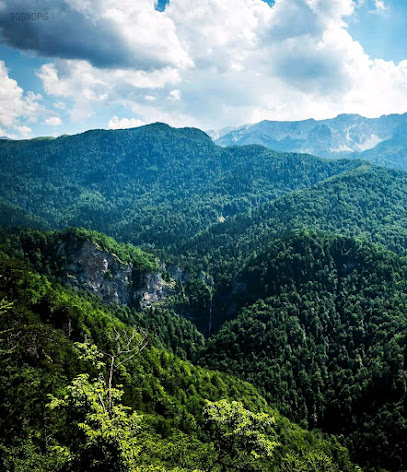
Hrcavka Canyon
Explore the breathtaking Hrcavka Canyon in Bosnia and Herzegovina, where adventure meets stunning natural beauty, ideal for outdoor enthusiasts and thrill-seekers.
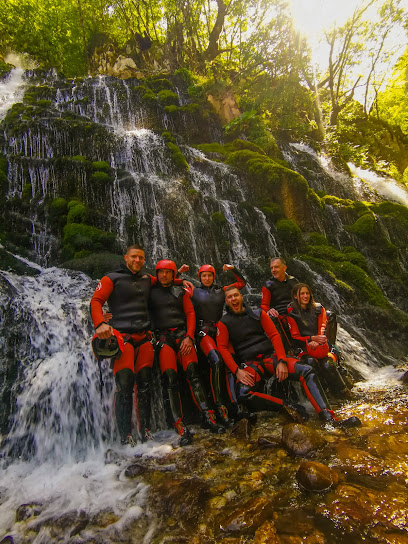
Unmissable attractions to see
Valley of Heroes
Explore the Valley of Heroes in Tjentište, a captivating tribute to WWII heroes amidst stunning natural landscapes.

Nekropole sa stećcima
Discover the UNESCO World Heritage Site, Nekropole sa Stećcima, where ancient tombstones tell stories of Bosnia's rich medieval history.
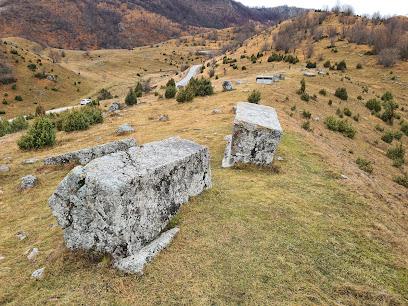
ZIP LINE
Soar through the skies at ZIP LINE, an exhilarating tourist attraction offering breathtaking views and unforgettable adventures in nature.
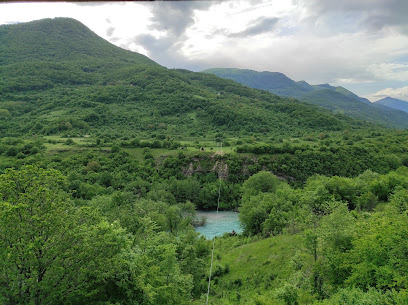
Vidikovac Prijevor
Experience the stunning panoramic views at Vidikovac Prijevor, the premier observation deck in Tjentište, and immerse yourself in nature's beauty.
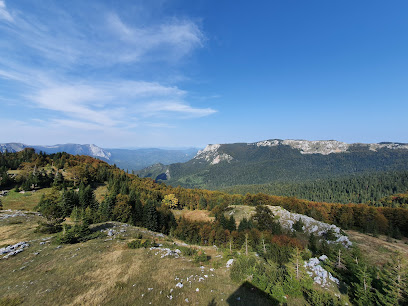
Battle of Sutjeska Museum
Discover the rich history of the Battle of Sutjeska Museum, a poignant memorial set in the stunning Sutjeska National Park, Bosnia and Herzegovina.
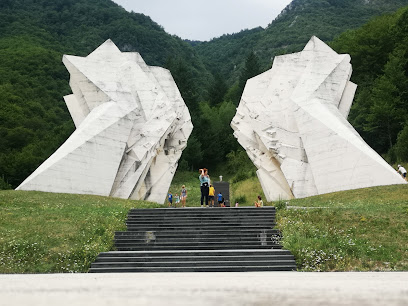
Perućica Primeval Forest
Discover the breathtaking beauty of Perućica Primeval Forest, a UNESCO World Heritage Site in Bosnia and Herzegovina, where nature thrives untouched.
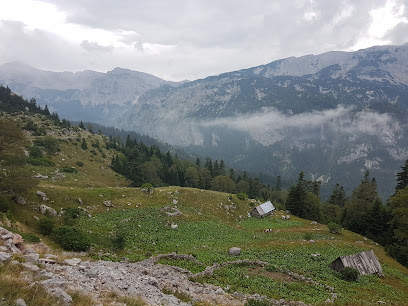
Vodopad Oteša
Experience the breathtaking beauty of Vodopad Oteša, a stunning waterfall in Miljevina, perfect for nature lovers and adventure seekers.
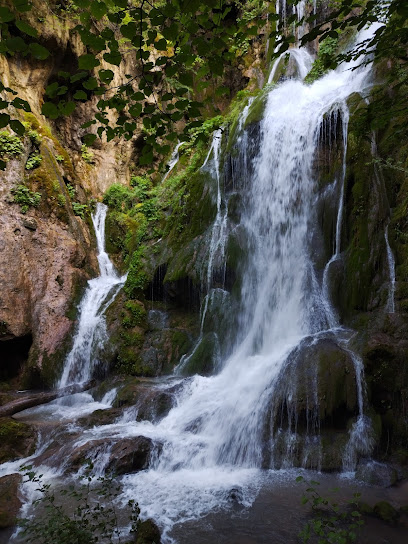
Napoleon's waterfalls
Discover the stunning beauty of Napoleon's Waterfalls in Hum, where cascading waters meet lush landscapes for an unforgettable natural experience.
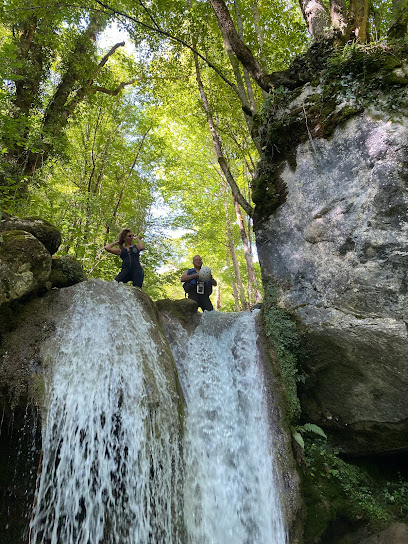
Hrcavka Canyon
Explore the breathtaking Hrcavka Canyon, a premier destination for canyoning enthusiasts and nature lovers in Tjentište, Bosnia and Herzegovina.

The Sutjeska Valley - stop
Experience the breathtaking landscapes and rich history of The Sutjeska Valley, a must-visit destination in Bosnia and Herzegovina for nature and adventure lovers.
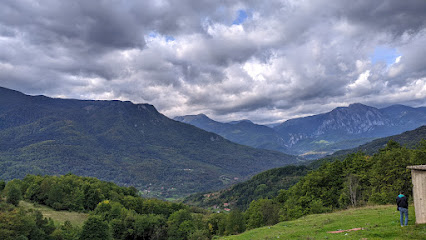
Viewpoint Urva
Discover the stunning panoramas at Viewpoint Urva in Grdijevići, a tranquil escape for nature lovers and photographers alike.

Aussichtspunkt Dragoš Setlo
Discover the stunning vistas and serene hiking trails at Aussichtspunkt Dragoš Setlo, a must-visit viewpoint in Tjentište, Bosnia and Herzegovina.
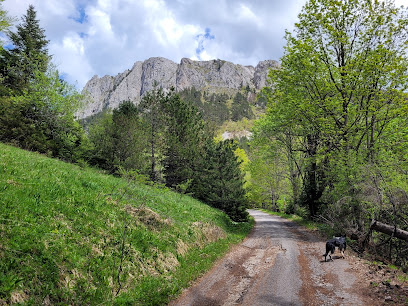
Klinje Lake
Experience the tranquil beauty of Klinje Lake in Bosnia, a perfect nature getaway for relaxation, exploration, and unforgettable memories.
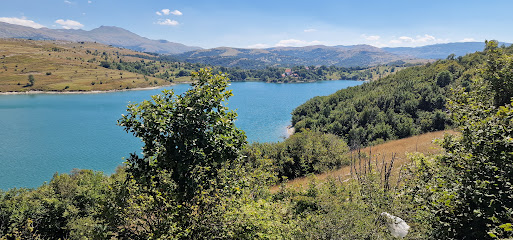
Panorama
Discover the stunning views at Panorama in Govza, where nature's beauty unfolds in breathtaking vistas and serene surroundings.

Organization of hiking
Discover the breathtaking hiking trails of Tjentište, where adventure meets stunning natural beauty in Bosnia and Herzegovina.
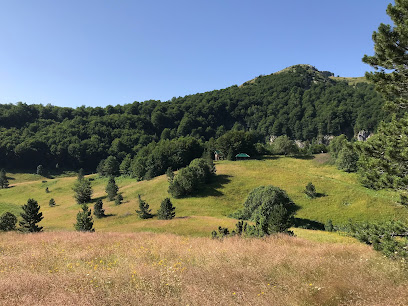
Essential places to dine
Restoran Kovačević
Experience authentic Bosnian cuisine at Restoran Kovačević in Donja Jablanica - where every meal tells a story.
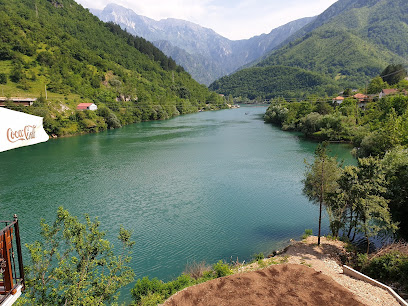
Restaurant Šadrvan
Experience authentic Eastern European flavors at Restaurant Šadrvan in Mostar - a culinary gem steeped in tradition.
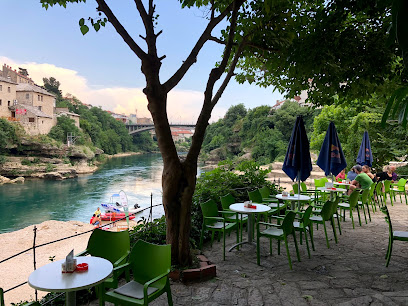
Tima - Irma
Discover authentic Bosnian barbecue at Tima - Irma in Mostar; where tradition meets flavor in every dish.
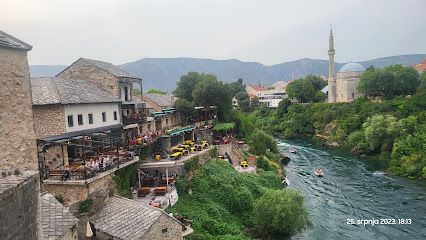
Hindin Han
Experience authentic Bosnian cuisine in Mostar at Hindin Han - where tradition meets taste in a warm and inviting atmosphere.
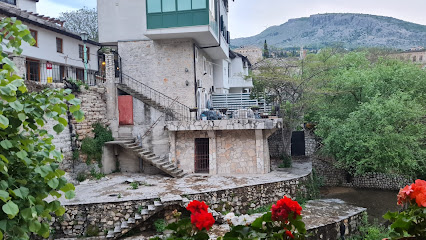
Restoran & Motel Sunce
Discover the flavors of Bosnia at Restoran & Motel Sunce - where tradition meets comfort in Busovača.
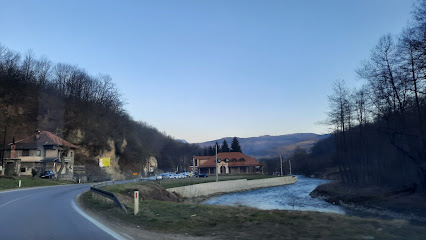
The Four Rooms of Mrs. Safija
Discover culinary excellence at The Four Rooms of Mrs. Safija in Sarajevo – where health meets flavor in an elegant setting.
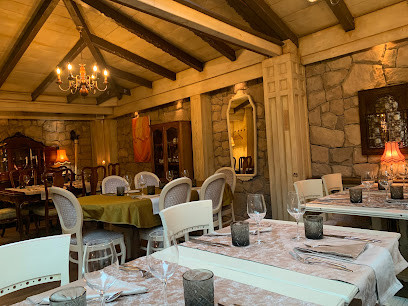
Borak
Experience the best of Bosnian fast food at Borak in Široki Brijeg – delicious flavors at affordable prices await you!
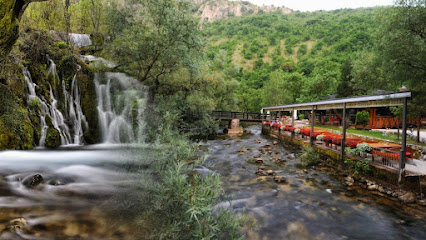
Restaurant Udovice
Experience authentic Bosnian flavors at Restaurant Udovice in Sretnice - a culinary treasure with exceptional service.
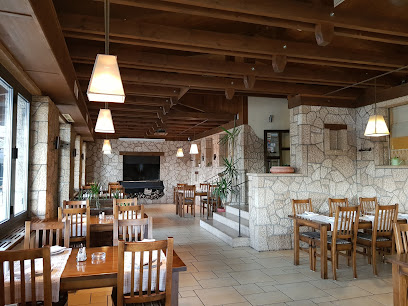
Avlija
Discover authentic Bosnian cuisine at Avlija in Sarajevo - where flavor meets tradition in every dish.
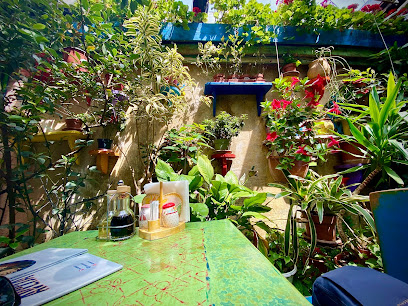
Konoba Luka Sarajevo
Experience exquisite seafood dining at Konoba Luka Sarajevo—where fresh ingredients meet traditional Bosnian flavors.
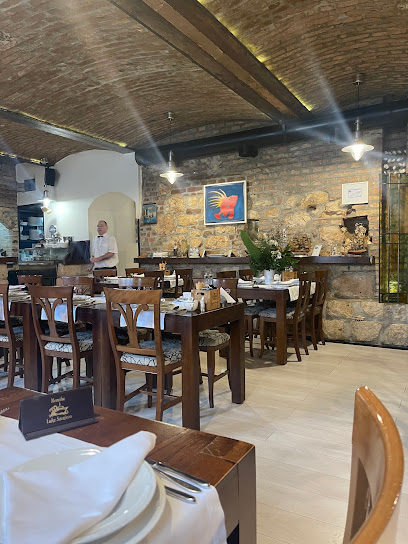
Mala Kuhinja
Discover authentic Bosnian cuisine at Mala Kuhinja, where traditional flavors meet warm hospitality in the heart of Sarajevo.
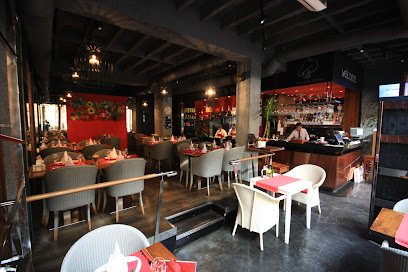
Restoran Amerikanac Sarajevo
Discover the culinary delights of Sarajevo at Restoran Amerikanac - where traditional Bosnian meets classic American cuisine.
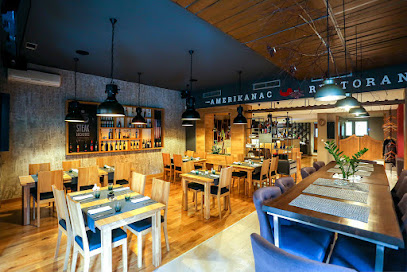
Restaurant Schumann
Experience authentic Bosnian flavors at Restaurant Schumann - a must-visit culinary gem in Mostar offering Mediterranean delights.

Restoran Tentorium Tjentište
Discover culinary treasures at Restoran Tentorium Tjentište in Sutjeska National Park - where local flavors meet stunning natural beauty.
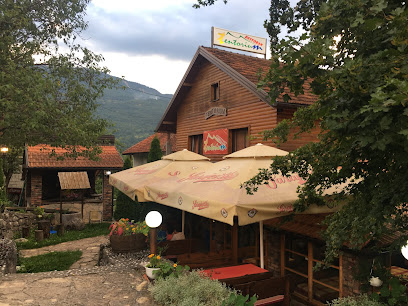
Hotel Mladost - NP Sutjeska
Discover serenity at Hotel Mladost in NP Sutjeska - where comfort meets nature's breathtaking beauty.
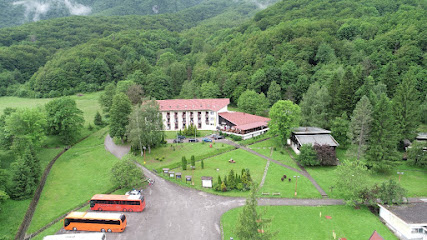
Markets, malls and hidden boutiques
Valley of Heroes
Discover the Valley of Heroes: A historical landmark in Tjentište honoring bravery amidst breathtaking natural beauty.
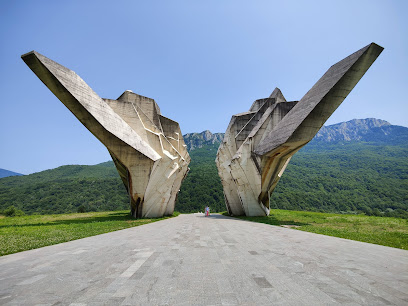
Sutjeska National Park
Explore Sutjeska National Park, Bosnia's oldest national park, where breathtaking landscapes, rich biodiversity, and history converge in nature's paradise.
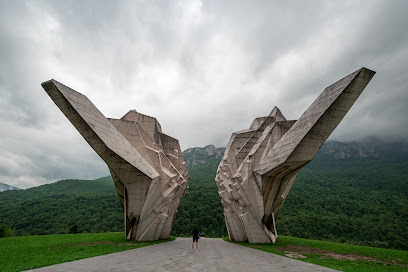
Omladinski kamp Tjentište
Experience the tranquility and adventure of Omladinski kamp Tjentište in National Park Sutjeska, a perfect escape for nature lovers and outdoor enthusiasts.
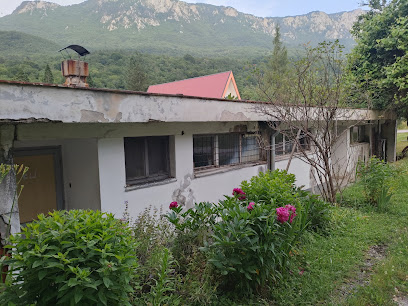
Tropic market
Tropic Market: Your one-stop destination for experiencing local flavors and essentials in the heart of Foča, Bosnia.
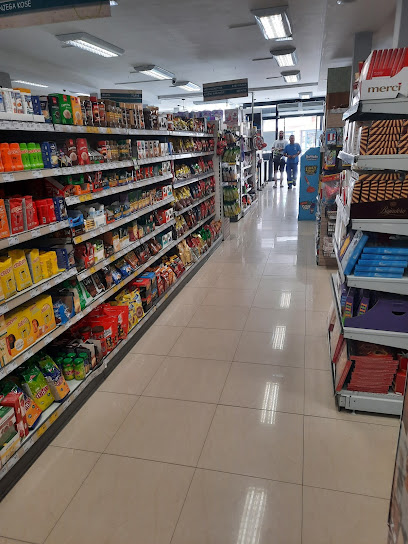
GRU DA TRNOVAČA
Discover GRU DA TRNOVAČA, the ultimate shopping destination in Podgrađe, where local charm meets a variety of retail experiences.
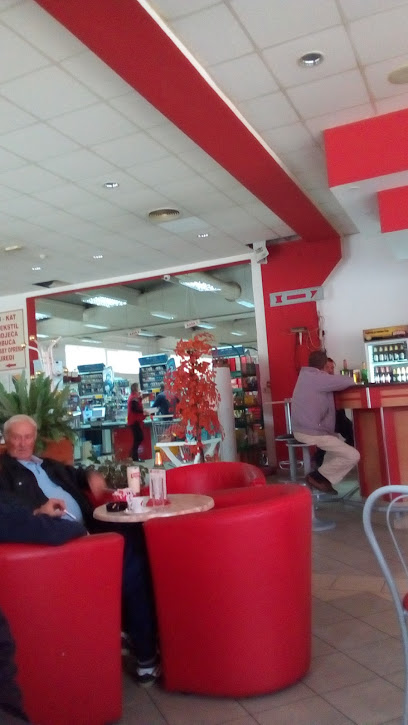
TC ROSE
Explore TC ROSE in Gornji Vakuf-Uskoplje for a unique shopping experience blending local charm and modern retail.
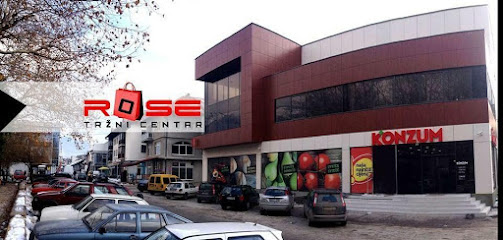
Konzum
Discover the flavors of Bosnia at Konzum, your go-to grocery store for local delicacies and fresh produce.
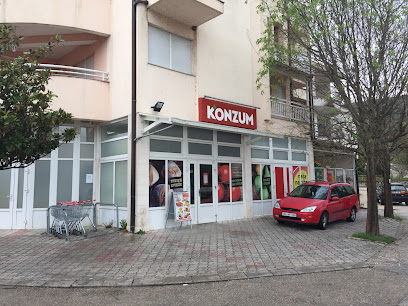
CM-Cosmetic Market
Explore Foča's CM-Cosmetic Market for a delightful selection of cosmetics and perfumes, perfect for beauty lovers visiting Bosnia and Herzegovina.

Vidikovac Prijevor
Discover breathtaking panoramic views and the serene beauty of Tjentište at Vidikovac Prijevor, the ultimate observation deck in Bosnia and Herzegovina.
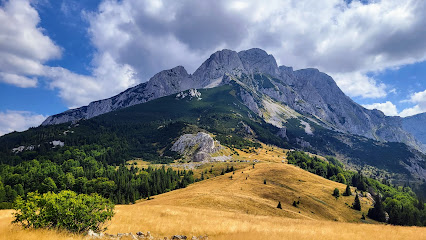
Oрфеј
Discover Oрфеј in Foča: Your ultimate supermarket destination for local and international products, blending convenience with quality.
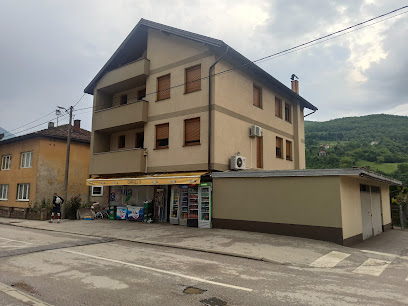
Organiko
Explore Organiko in Mješaji for fresh, local organic produce and specialty goods to elevate your culinary experience.
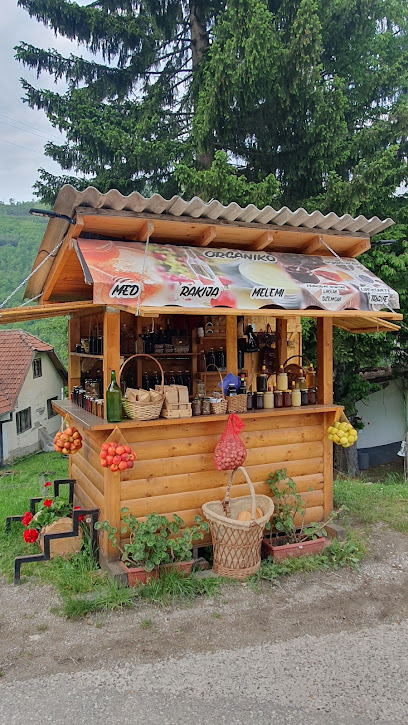
S.T.R. Lovac d.o.o
Explore quality home goods and local craftsmanship at S.T.R. Lovac d.o.o in Gornji Vakuf-Uskoplje, a must-visit for tourists seeking unique souvenirs.
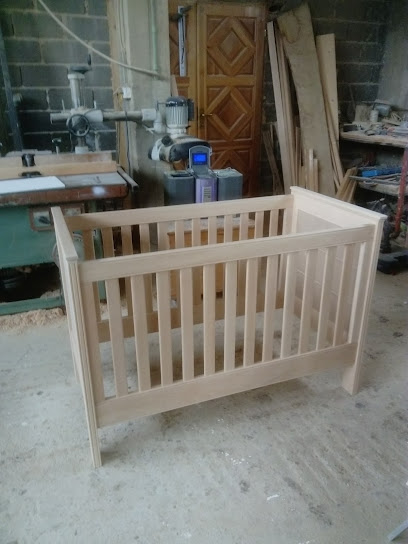
T.R. VRANICA vl.Sušić
Experience the essence of Bosnian culture at T.R. VRANICA vl.Sušić, your go-to grocery store for local flavors and fresh produce in Boljkovac.
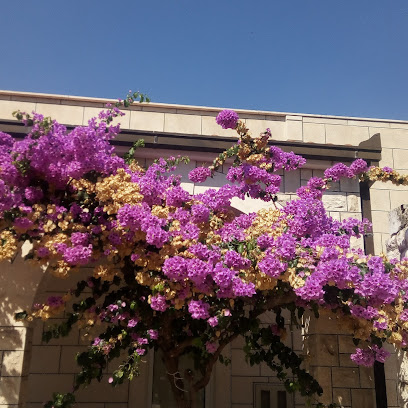
Rosinj TR Vl. Džafer Šečunović
Explore the heart of Vrse at Rosinj TR Vl. Džafer Šečunović, where local culture meets unique shopping experiences.
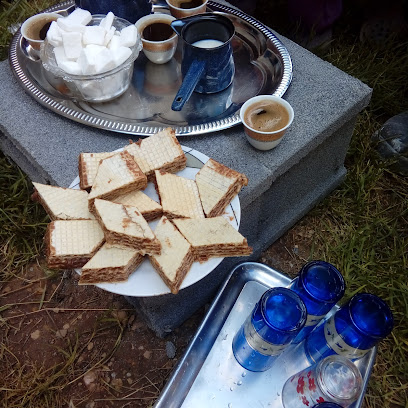
Usloplje
Explore Usloplje, a vibrant shopping mall in Podgrađe offering a mix of local culture, fashion, and delicious Bosnian cuisine.
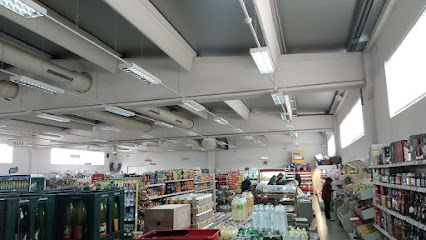
Essential bars & hidden hideouts
Restoran Tentorium Tjentište
Discover the authentic flavors of Bosnia at Restoran Tentorium Tjentište, set in the scenic Nacionalni Park Sutjeska.
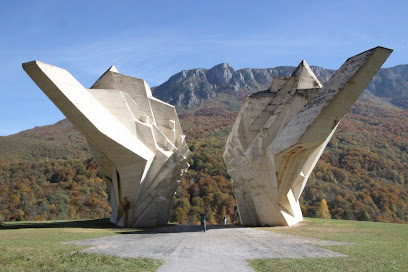
Hotel Mladost - NP Sutjeska
Experience the natural beauty of NP Sutjeska while enjoying comfortable accommodations and authentic Bosnian cuisine at Hotel Mladost.
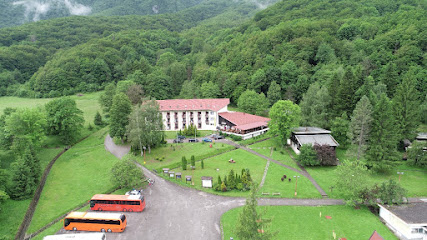
Valley of Heroes
Discover the Valley of Heroes in Tjentište, a poignant historical landmark commemorating the bravery of World War II heroes amidst stunning natural beauty.
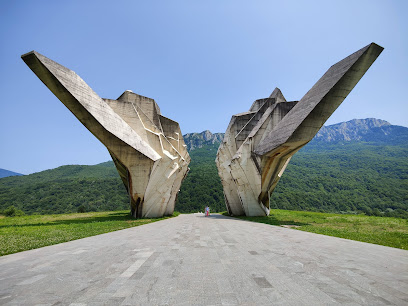
Camp Sutjeska
Experience the essence of Bosnia and Herzegovina at Camp Sutjeska - a perfect blend of dining, lodging, and stunning natural beauty.

Black&White caffe bar
Experience the vibrant atmosphere and delightful beverages at Black&White Caffe Bar in Foča, where modern charm meets local culture.
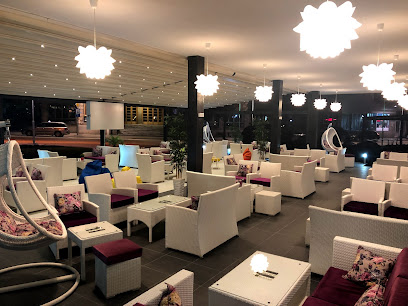
Pub DOWNTOWN Gacko
Discover the lively ambiance and authentic flavors at Pub DOWNTOWN Gacko, where locals and tourists come together to enjoy great food and drinks.
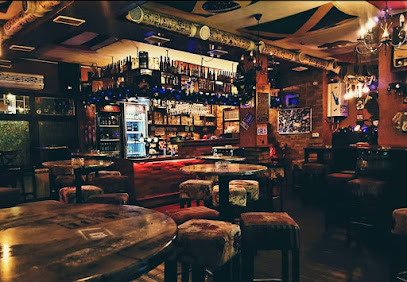
Shanti Food Foča
Discover the vibrant flavors and relaxing atmosphere at Shanti Food Foča - a perfect blend of fast food, lounge experience, and delightful hookah.
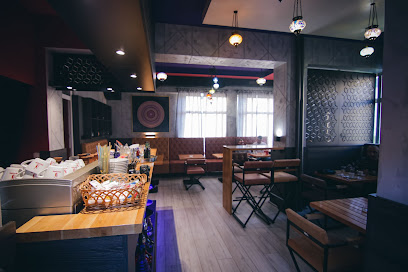
VILLA SILVER I i II
Discover the serene charm of Villa Silver, a wellness hotel in Tjentište where nature meets comfort, perfect for relaxation and rejuvenation.
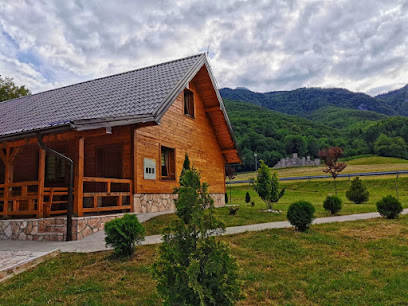
Hemingway Pub
Experience the vibrant local culture at Hemingway Pub in Foča - your go-to destination for drinks and camaraderie in Bosnia.
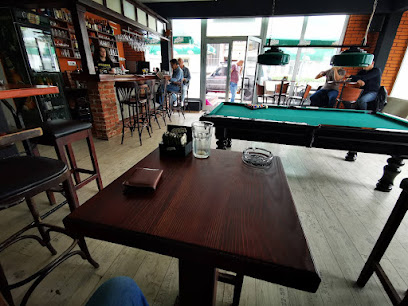
Jezero Desivoje
Experience the tranquility of Jezero Desivoje, a bar that offers stunning views and a vibrant atmosphere in Ulinje, Bosnia and Herzegovina.
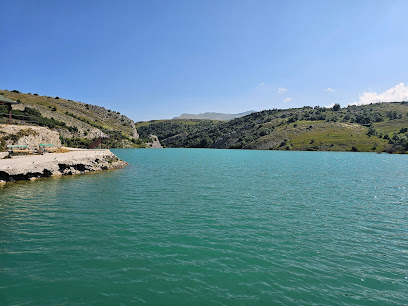
Restauran Komlen
Experience the authentic taste of Bosnian barbecue at Restauran Komlen in Szarajevó, where tradition meets flavor in every dish.
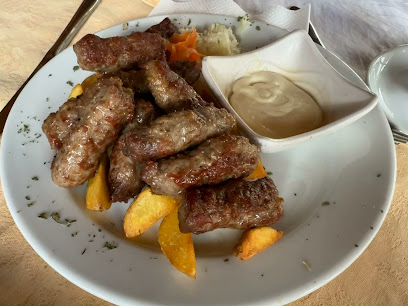
Cafe Gold
Discover Cafe Gold: A cozy bar offering exquisite coffee and light bites in a welcoming atmosphere, perfect for tourists seeking local flavor.
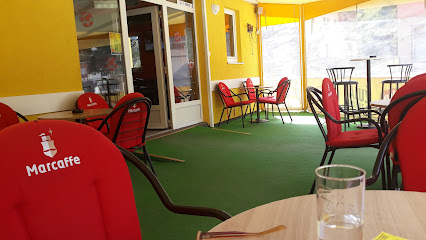
Kings Square
Experience the fusion of local flavors and modern cuisine at Kings Square, a top gastropub in the heart of Foča.
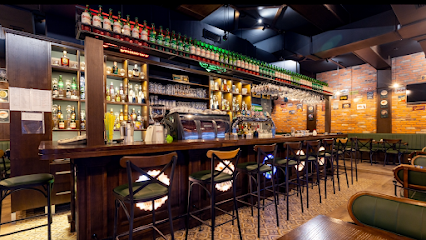
Kamp Sutjeska
Experience the flavors of Bosnia at Kamp Sutjeska, where authentic cuisine meets breathtaking natural beauty in Tjentište.
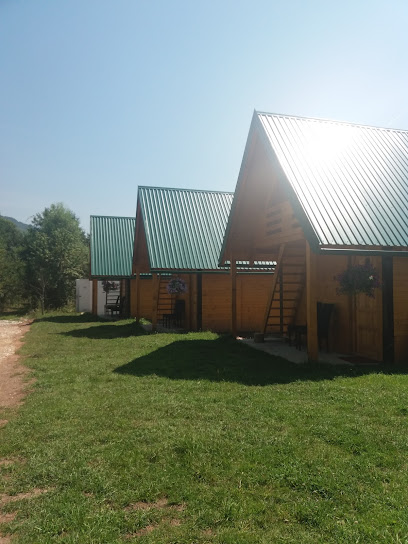
Caffe bar Royal
Experience the vibrant atmosphere and local charm of Caffe Bar Royal, a must-visit destination for tourists in Gacko, Bosnia and Herzegovina.

Local Phrases about Sutjeska National Park
-
- HelloZdravo
[Zdrah-voh] - GoodbyeDoviđenja
[Doh-vee-jen-yah] - YesDa
[Dah] - NoNe
[Neh] - Please/You're welcomeMolim
[Moh-leem] - Thank youHvala
[Hvah-lah] - Excuse me/SorryIzvinite
[Eez-vee-nee-teh] - How are you?Kako si?
[Kah-koh see?] - Fine. And you?Dobro. A ti?
[Doh-bro. Ah tee?] - Do you speak English?Govorite li engleski?
[Goh-voh-ree-teh lee ehn-gleh-skee?] - I don't understandNe razumijem
[Neh rah-zoo-mee-yem]
- HelloZdravo
-
- I'd like to see the menu, pleaseMogu li vidjeti meni, molim
[Moh-goo lee vee-dyeh-tee meh-nee, moh-leem] - I don't eat meatNe jedem meso
[Neh yeh-dem meh-so] - Cheers!Živjeli!
[Zhee-vyeh-lee] - I would like to pay, pleaseŽelim platiti, molim
[Zheh-leem plah-tee-tee, moh-leem]
- I'd like to see the menu, pleaseMogu li vidjeti meni, molim
-
- Help!Upomoć!
[Oo-poh-mohtch!] - Go away!Idi odavde!
[Ee-dee oh-dahv-deh!] - Call the Police!Pozovite policiju!
[Poh-zoh-vee-teh poh-lee-tsee-yoo!] - Call a doctor!Pozovite doktora!
[Poh-zoh-vee-teh dohk-toh-rah!] - I'm lostIzgubio/la sam se
[Eez-goo-byoh/lah sahm seh] - I'm illBolestan/sna sam
[Boh-leh-stahn/snah sahm]
- Help!Upomoć!
-
- I'd like to buy...Želim kupiti...
[Zheh-leem koo-pee-tee...] - I'm just lookingSamo gledam
[Sah-moh gleh-dahm] - How much is it?Koliko košta?
[Koh-lee-koh koh-shta?] - That's too expensiveTo je previše skupo
[Toh yeh preh-vee-sheh skoo-poh] - Can you lower the price?Možete li spustiti cijenu?
[Moh-zheh-teh lee spoo-stee-tee tsee-yeh-noo?]
- I'd like to buy...Želim kupiti...
-
- What time is it?Koliko je sati?
[Koh-lee-koh yeh sah-tee?] - It's one o'clockJedan sat je
[Yeh-dahn saht yeh] - Half past (10)Pola (deset)
[Poh-lah (deh-set)] - MorningJutro
[Yoo-troh] - AfternoonPopodne
[Poh-pohd-neh] - EveningVeče
[Veh-cheh] - YesterdayJuče
[Yoo-cheh] - TodayDanas
[Dah-nahs] - TomorrowSutra
[Soo-trah] - 1Jedan
[Yeh-dahn] - 2Dva
[Dvah] - 3Tri
[Tree] - 4Četiri
[Cheh-tee-ree] - 5Pet
[Peh-t] - 6Šest
[Shehst] - 7Sedam
[Seh-dahm] - 8Osam
[Oh-sahm] - 9Devet
[Deh-vet] - 10Deset
[Deh-set]
- What time is it?Koliko je sati?
-
- Where's a/the...?Gdje je...?
[Gdyeh yeh...?] - What's the address?Koja je adresa?
[Koyah yeh ah-deh-sah?] - Can you show me (on the map)?Možete li mi pokazati (na mapi)?
[Moh-zheh-teh lee mee poh-kah-zah-tee (nah mah-pee)?] - When's the next (bus)?Kada je sljedeći (autobus)?
[Kah-dah yeh sleh-deh-chee (ow-toh-boos)?] - A ticket (to ....)Jedna karta (do ...)
[Yeh-dnah kahr-tah (doh ...)]
- Where's a/the...?Gdje je...?
History of Sutjeska National Park
-
The Battle of Sutjeska, also known as the Fifth Offensive, was a significant World War II battle fought between the Yugoslav Partisans and the Axis forces in May and June of 1943. The battle took place in the rugged terrain of Sutjeska National Park. Despite being heavily outnumbered and encircled, the Partisans, led by Josip Broz Tito, managed to break through the Axis lines. This event is commemorated with a monumental complex in the park, symbolizing resistance and sacrifice.
-
Perućica is one of the last remaining primeval forests in Europe and is located within Sutjeska National Park. This ancient forest has remained untouched by human activity for centuries, providing a glimpse into the natural history of the region. It houses a diverse array of flora and fauna, some of which are rare and endemic to the area. Perućica is a critical part of the park's ecosystem and is protected as a nature reserve.
-
Tito's Cave is a historical site within Sutjeska National Park where Josip Broz Tito, the leader of the Yugoslav Partisans, took refuge during the Battle of Sutjeska. The cave served as a strategic command post from which Tito directed operations against the Axis forces. Today, it stands as a significant historical landmark, attracting visitors interested in World War II history and the Yugoslav resistance movement.
-
The Sutjeska Memorial Complex, also known as the Valley of Heroes, was erected to honor the Partisan fighters who participated in the Battle of Sutjeska. Designed by the renowned sculptor Miodrag Živković, the complex features towering concrete sculptures and an eternal flame. It serves as a poignant reminder of the struggle and resilience of the Partisan forces during World War II.
-
Scattered throughout Sutjeska National Park are several historical villages that offer a glimpse into the traditional way of life in the region. These villages, with their wooden houses and stone structures, reflect the cultural heritage of the local population. Visitors can experience traditional Bosnian hospitality, sample local cuisine, and learn about the customs and traditions that have been preserved over the centuries.
-
The Drina River, which flows through Sutjeska National Park, has played a vital role in the history and culture of the region. Historically, it served as a natural boundary and a significant route for trade and communication. The river is also known for its striking beauty and has inspired numerous legends and folklore. Its emerald waters and surrounding landscapes are a testament to the natural splendor of the park.
Sutjeska National Park Essentials
-
Sutjeska National Park is located in the southeastern part of Bosnia and Herzegovina, near the border with Montenegro. The nearest major cities are Sarajevo (around 100 km northwest) and Dubrovnik in Croatia (approximately 160 km southwest). The most convenient way to reach the park is by car. From Sarajevo, you can rent a car and drive via the M18 road. Alternatively, you can take a bus from Sarajevo to the town of Foča, which is about 20 km from the park entrance, and then take a taxi to the park.
-
Within Sutjeska National Park, the best way to explore is by car or on foot. The park is extensive, and having your own vehicle allows flexibility. For those who prefer not to drive, guided tours are available and are a great way to see the main attractions. Local taxis are available in nearby towns like Foča. Public transportation options within the park are limited, so planning ahead is key.
-
The official currency in Bosnia and Herzegovina is the Convertible Mark (BAM). While some hotels and larger restaurants may accept credit cards, it is advisable to carry cash, especially when visiting rural areas and small establishments. ATMs are available in nearby towns such as Foča, but it's wise to withdraw sufficient cash before entering the park.
-
Sutjeska National Park is generally safe for tourists. However, as with any travel destination, it is important to stay vigilant. Avoid hiking alone and always inform someone of your plans. While the park itself does not have specific high-crime areas targeting tourists, it is always best to keep your belongings secure and be aware of your surroundings. Be cautious when exploring remote areas, as some parts of the park still have unexploded landmines from the Bosnian War. Stick to marked trails and guided tours to ensure safety.
-
In case of an emergency, dial 112 for immediate assistance. There are medical facilities in the nearby town of Foča. It is recommended to have travel insurance that covers medical emergencies. For minor health issues, pharmacies are available in Foča where you can purchase over-the-counter medications. Always carry a basic first aid kit when hiking in remote areas of the park.
-
Fashion: Do wear comfortable hiking gear and sturdy footwear suitable for mountainous terrain. Dress in layers to adjust to changing weather conditions. Avoid wearing flashy or revealing clothing. Religion: Do respect local religious customs and sites. When visiting religious landmarks, dress modestly. Public Transport: Do be courteous and respectful to fellow passengers. Public transport options within the park are limited, so plan accordingly. Greetings: Do greet people with a handshake and a smile. Learning a few basic phrases in Bosnian can go a long way. Eating & Drinking: Do try local dishes and drinks, such as cevapi and rakija. Always accept food and drink offerings graciously. Avoid wasting food, as it is considered impolite.
-
To experience Sutjeska National Park like a local, consider visiting the park outside of peak tourist seasons to enjoy the tranquility and natural beauty. Engage with local guides who can share insights about the park's history and ecology. Don't miss the opportunity to hike to the iconic Skakavac Waterfall or explore the primeval forest of Perućica, one of the last remaining ancient forests in Europe. For a unique experience, stay at one of the local guesthouses and enjoy traditional Bosnian hospitality and cuisine.
Nearby Cities to Sutjeska National Park
-
Things To Do in Nikšić
-
Things To Do in Mostar
-
Things To Do in Trebinje
-
Things To Do in Dubrovnik
-
Things To Do in Perast
-
Things To Do in Herceg Novi
-
Things To Do in Tivat
-
Things To Do in Kotor
-
Things To Do in Cetinje
-
Things To Do in Podgorica
-
Things To Do in Zenica
-
Things To Do in Budva
-
Things To Do in Tuzla
-
Things To Do in Makarska
-
Things To Do in Bar








